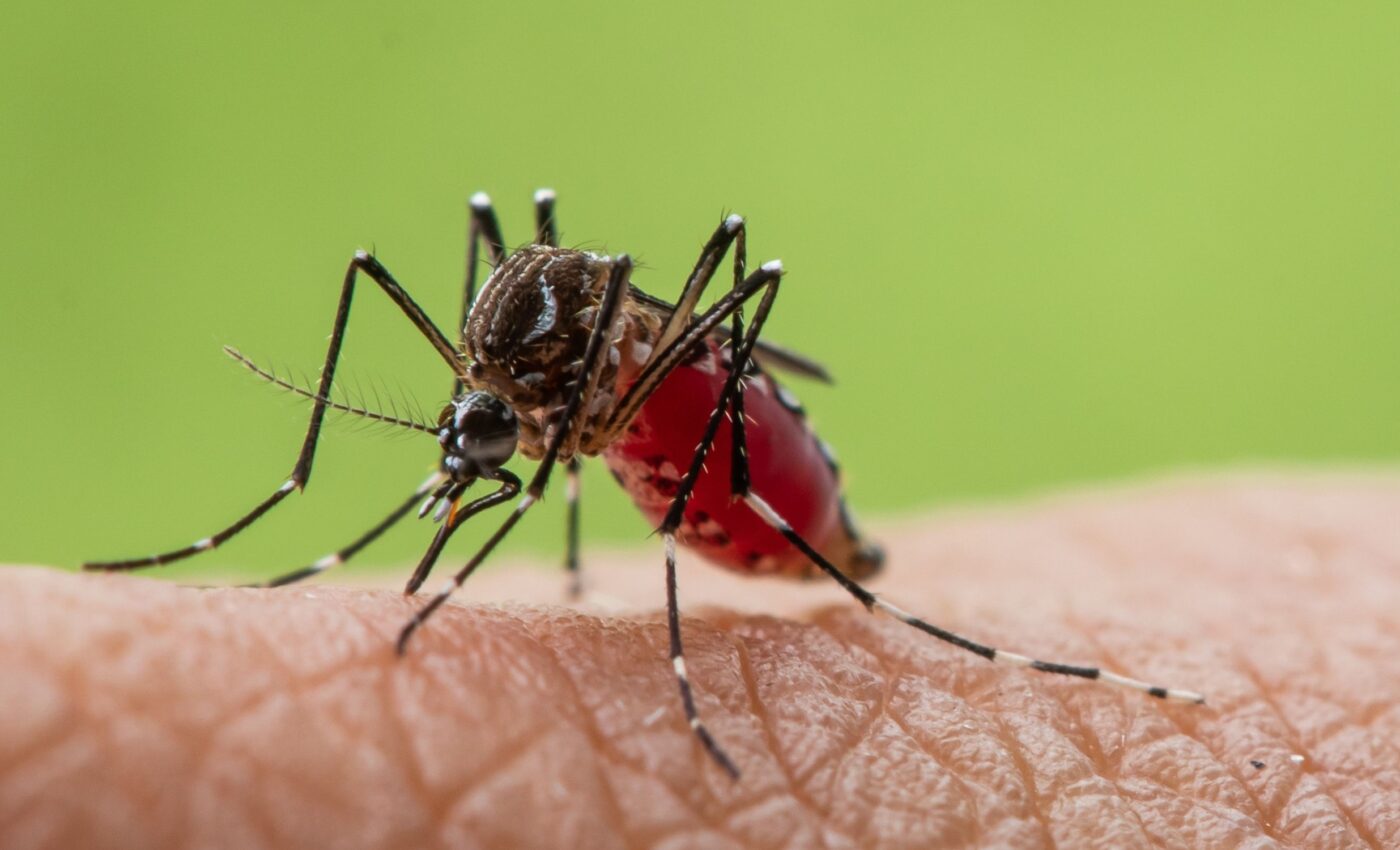
Mosquito-borne diseases are a growing threat in a warming world
As our planet warms and urban areas expand, the threat of mosquito-borne diseases such as malaria and dengue is escalating, reaching regions previously untouched by these dangerous illnesses.
Now, with over half of the global population at risk, these diseases have quickly become a critical concern worldwide.
The global spread of disease vectors
Mosquitoes, the primary vectors for diseases like malaria and dengue, are finding suitable habitats far beyond their traditional tropical and subtropical locales. This expansion is due in part to longer and hotter seasons that allow mosquito larvae to survive and thrive in new areas.
As these insects invade places like northern Europe, Asia, North America, and Australia, local populations face increased risks – often in areas where people lack immunity and public health systems are unprepared.
Insights from the front lines of research
At the upcoming ESCMID Global Congress in Barcelona, ICREA Professor Rachel Lowe will present her latest findings on this issue.
Professor Lowe, who leads the global health resilience group at the Barcelona Supercomputing Center in Spain, will discuss the dramatic shifts in vector-borne disease patterns and the essential role of enhanced surveillance and early warning systems.
“Droughts and floods linked to climate change can lead to greater transmission of the virus, with stored water providing additional mosquito breeding sites,” noted Professor Lowe. Her research in the Caribbean shows that extreme climate conditions such as drought followed by excessive rainfall can significantly increase the likelihood of dengue outbreaks.
These findings underscore the need for comprehensive assessments of vector-borne disease risks and preparedness for future outbreaks.
The rise of dengue
Dengue, which is spread by day-biting mosquitoes, has dramatically increased in spread and frequency.
Since 2000, the most hospitable years for dengue transmission have facilitated the mosquito’s invasion into 13 European countries, including France, Italy, and Spain, with local disease outbreaks reported as recently as 2023.
Furthermore, the number of global dengue cases reported surged from 500,000 in 2000 to over five million in 2019. This makes dengue the most rapidly spreading mosquito-borne viral disease in the world.
Projecting future mosquito disease outbreaks
The data suggests a daunting future if current trends continue. With global warming and population growth proceeding unchecked, projections are increasingly alarming. They indicate that up to 4.7 billion additional people could be at risk of contracting malaria and dengue by the end of the century.
On the other hand, if global warming is limited to an ambitious goal of a 1°C increase, the number of people at risk could be significantly reduced, although it would still be substantial.
The role of el niño in mosquito disease outbreaks
El Niño events, which occur every 2-7 years, exacerbate these issues by creating hotter and wetter conditions that are ideal for mosquito breeding.
Professor Lowe highlights the direct link between these climatic fluctuations and disease outbreaks. Specifically, the Zika pandemic in Brazil, which emerged during an El Niño phase in 2015, was a direct result of climate conditions.
Furthermore, the current strength of El Niño suggests that these challenging conditions are likely to continue.
Climate change and mosquito-borne diseases
Professor Lowe stresses the urgency of addressing climate change to mitigate the spread of these diseases. “With climate change seeming so difficult to address, we can expect to see more cases and possibly deaths from diseases such as dengue and malaria across mainland Europe.”
Therefore, proactive measures, including robust surveillance systems and early interventions, are crucial to preventing outbreaks.
Researchers are now using advanced technologies to better anticipate disease outbreaks. These technologies include supercomputers, drones for identifying breeding sites, and community-based reporting systems to direct resources effectively.
“By analyzing weather patterns and gathering information from local communities and health officials, we are hoping to give communities time to prepare and protect themselves,” said Professor Lowe.
United efforts are needed
Ultimately, the most effective strategy to reduce the risk of disease spread is to dramatically curb emissions and address the root causes of climate change.
As mosquito-borne diseases expand their reach, the need for global cooperation and innovative solutions has never been greater.
Through informed research, proactive planning, and international collaboration, we can help to shield vulnerable populations from these escalating health threats.
—–
Like what you read? Subscribe to our newsletter for engaging articles, exclusive content, and the latest updates.
Check us out on EarthSnap, a free app brought to you by Eric Ralls and Earth.com.
—–













